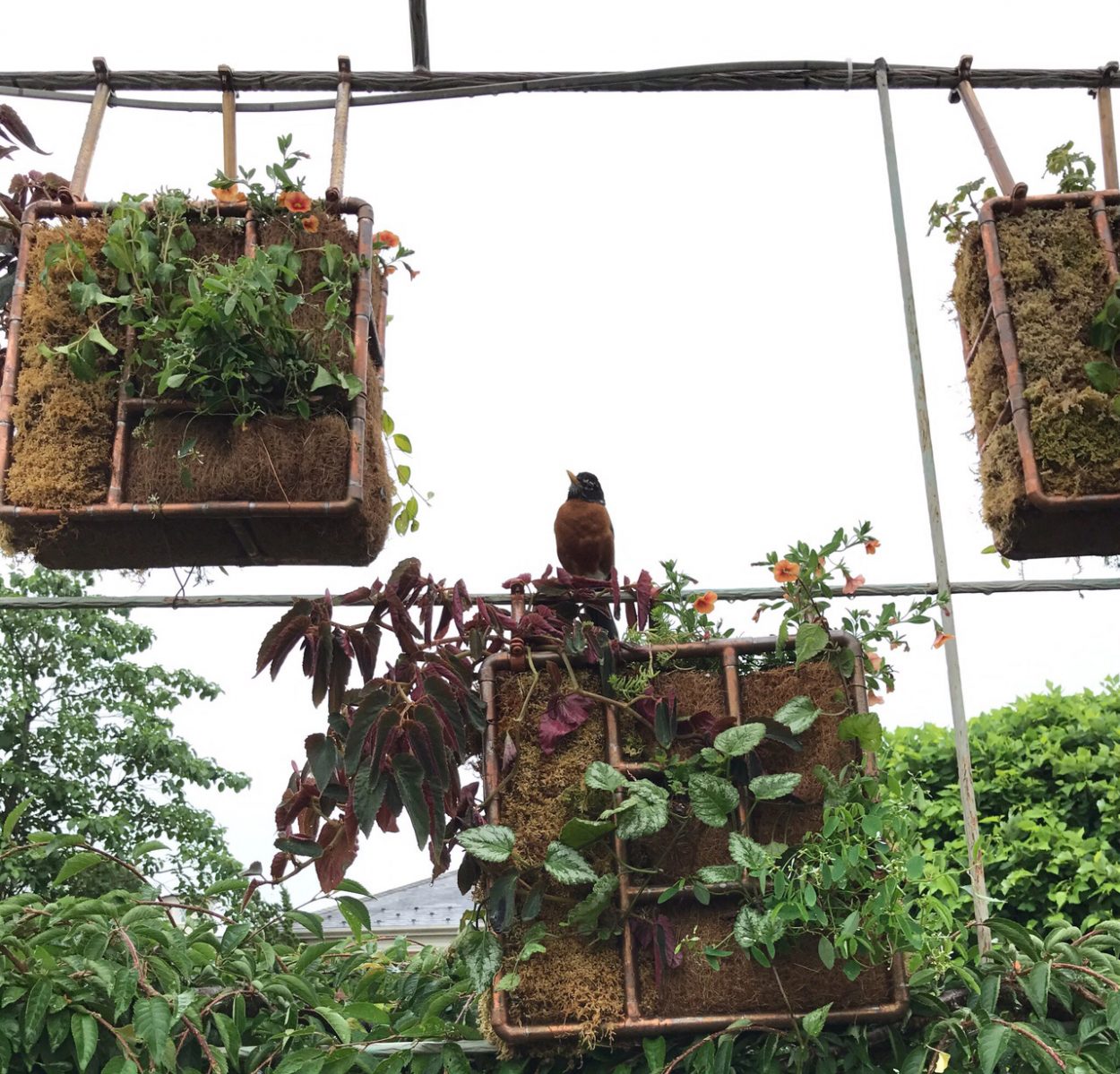Locally Grown
Message from the Executive Director
Crape myrtles, Lagerstroemia indica, are native to the other side of the planet, with a genus named after an 18th-century Swedish merchant. Yet crape myrtles are so common in Richmond, occasionally they are thought to be native here. Botanical gardens are good at displaying and explaining global plant diversity, but in a world where people and things have been in motion for millennia, sometimes the exotic is not that unusual. Sometimes it is the things that are from around here that deserve a spotlight.

One of this summer’s exhibitions at the Garden—Wild Art: A Journey Off-Canvas—highlights local talent, including yours, on display in a temporary outdoor exhibition of art inspired by nature. “Wild Art is a collaborative community art experience, combining the efforts of regional artists and thousands of Garden visitors to transform the Garden into a living tapestry of natural art,” says Exhibitions Manager Kristin Thoroman. The regional artists were charged with imagining creations in which “at least 75 percent of the installation must be comprised of natural resources: living or non-living plants, material derived from plants (e.g., paper and fibers), rock, water, metal, etc. The installation must invite guests to interact…” Members and guests will be invited to use their own creative spark as they engage with the pieces and with the garden itself. Look for more details in the sidebar.
In the coming year, we will also encourage and celebrate one of our own, Senior Horticulturist Elizabeth Fogel, selected this spring as the inaugural Frank L. Robinson Endowed Chair in Horticulture. The Chair was created by the Garden’s Board of Directors in 2015, to honor our retiring president emeritus. Funded by many generous supporters, the endowment supporting the Chair seeks to ensure the highest quality of horticulture and horticultural education at the Garden. In the next two years, Elizabeth will be exploring current theories of ecological landscaping and designed plant communities, looking to put these theories more fully into practice in the Garden’s landscape. Elizabeth came to the Lewis Ginter in 2006, and was named senior horticulturist in 2012, when she assumed responsibilities as interpretation team leader. It has been a priceless opportunity to recognize Elizabeth’s gifts and to reward her contributions.
I invite you to come this summer and enjoy the best in locally grown natural art and gardens!

